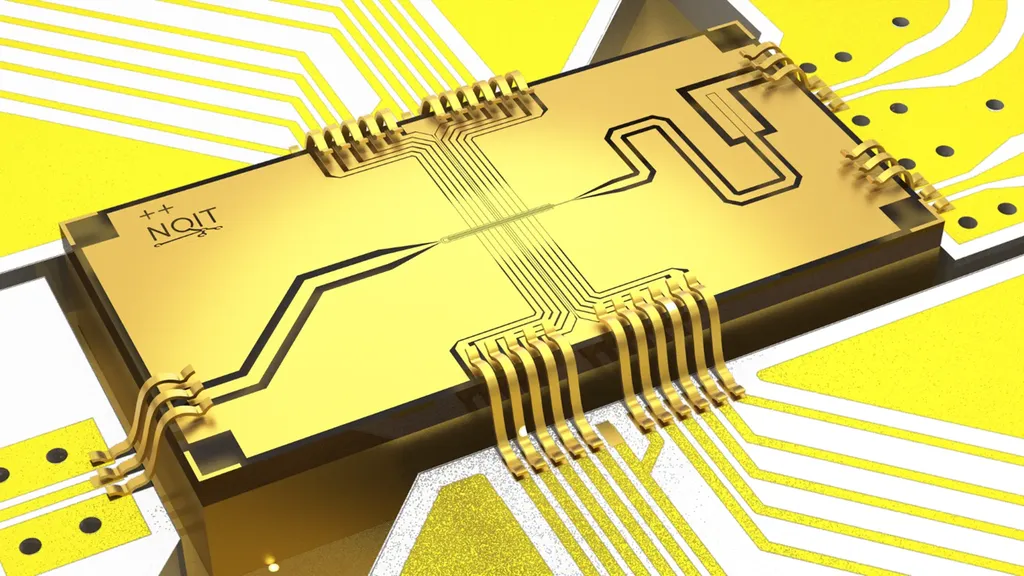In the quest to revolutionize the energy sector with quantum technologies, researchers have identified a significant hurdle that could shape the future of superconducting quantum circuits. A recent study, led by Mohammed Alghadeer from the Department of Physics at the University of Oxford, delves into the microscopic imperfections that plague these circuits, offering crucial insights for improving quantum device performance.
Superconducting quantum circuits, the backbone of many quantum technologies, face a persistent challenge: decoherence. This phenomenon, caused by material imperfections and two-level system (TLS) defects, disrupts the quantum states necessary for these devices to function effectively. Alghadeer and his team set out to characterize these imperfections at an atomic level, focusing on critical interfaces within Josephson junctions and spiral resonators.
Using advanced techniques like scanning transmission electron microscopy combined with energy-dispersive x-ray spectroscopy and electron-energy loss spectroscopy, the researchers identified structural imperfections linked to oxide layer formation and carbon-based contamination. These imperfections, they found, are intricately connected to the patterning and etching steps in the fabrication process, as well as environmental exposure.
“The quality of critical interfaces in superconducting quantum circuits is paramount,” Alghadeer explained. “Our findings suggest that TLS imperfections at these interfaces significantly contribute to limiting device performance. This underscores the need for an improved fabrication process to mitigate these issues.”
The implications of this research are profound for the energy sector. Quantum technologies promise to revolutionize energy systems, from enhancing grid stability to enabling more efficient energy storage solutions. However, the widespread adoption of these technologies hinges on overcoming decoherence and improving the performance of quantum devices.
By pinpointing the sources of imperfections, Alghadeer’s work paves the way for targeted improvements in the fabrication process. This could lead to more robust and reliable quantum devices, accelerating the integration of quantum technologies into the energy sector.
As the field continues to evolve, the insights gained from this study will be invaluable. “Understanding and addressing these imperfections is a crucial step towards unlocking the full potential of superconducting quantum circuits,” Alghadeer noted. The research was published in the journal ‘Materials for Quantum Technology’, known in English as ‘Materials for Quantum Technology’, highlighting its significance in the scientific community.
In the broader context, this research not only advances our understanding of quantum technologies but also brings us closer to a future where these technologies can transform the energy landscape. By addressing the root causes of decoherence, we edge closer to a new era of energy innovation, driven by the power of quantum mechanics.

